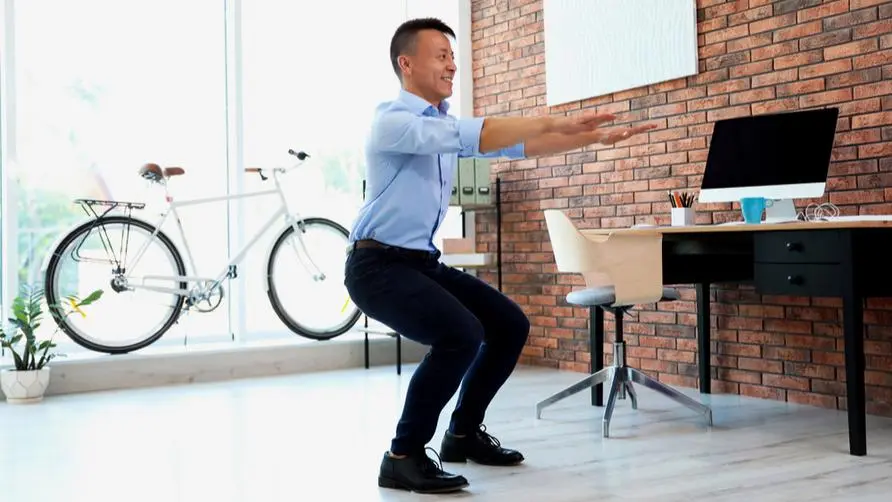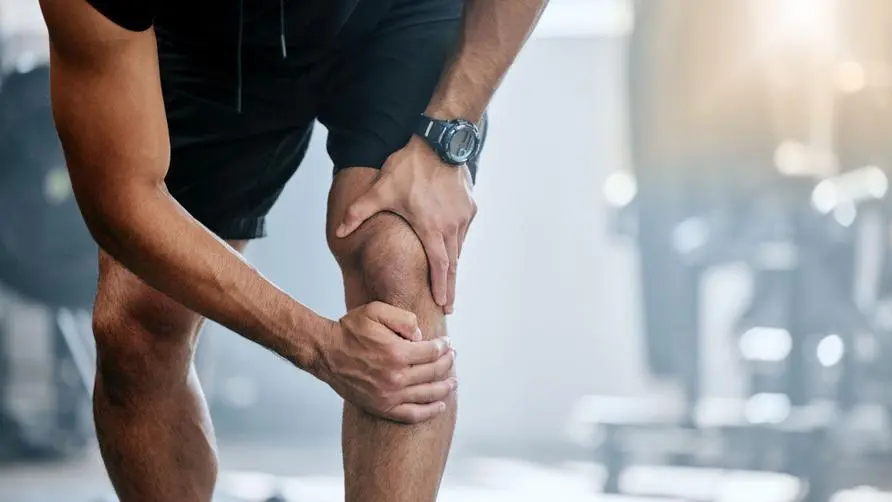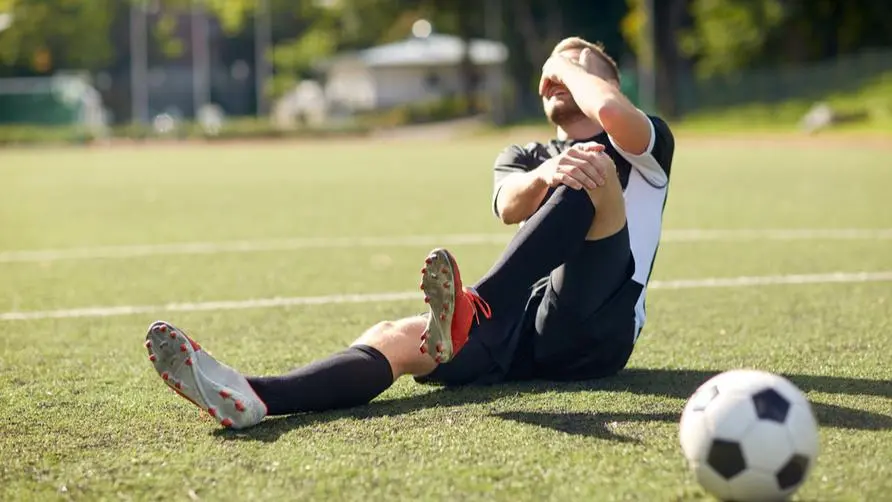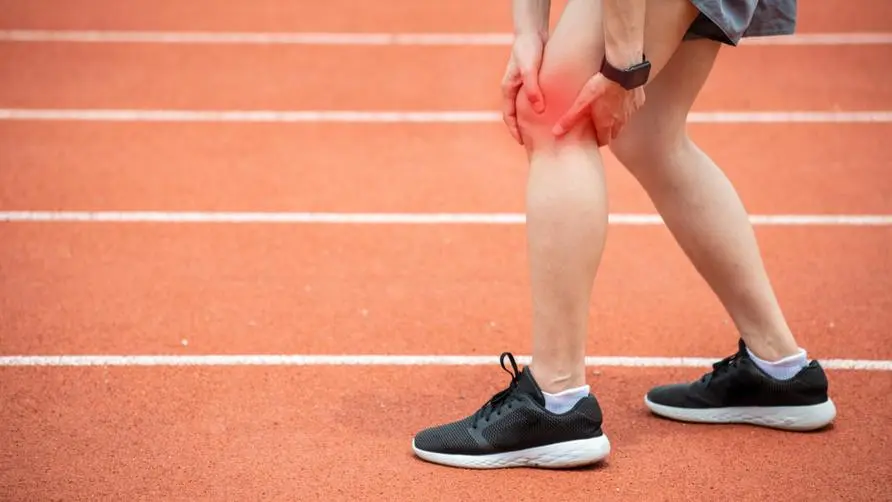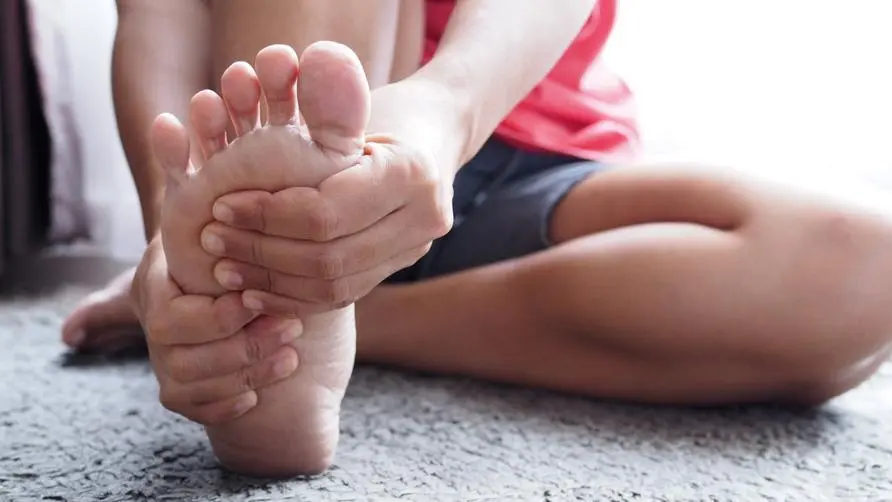Afraid of breaking bones if you run too much? Doctors take stock of 7 common running injuries: Picking the wrong shoes and not stretching are even worse
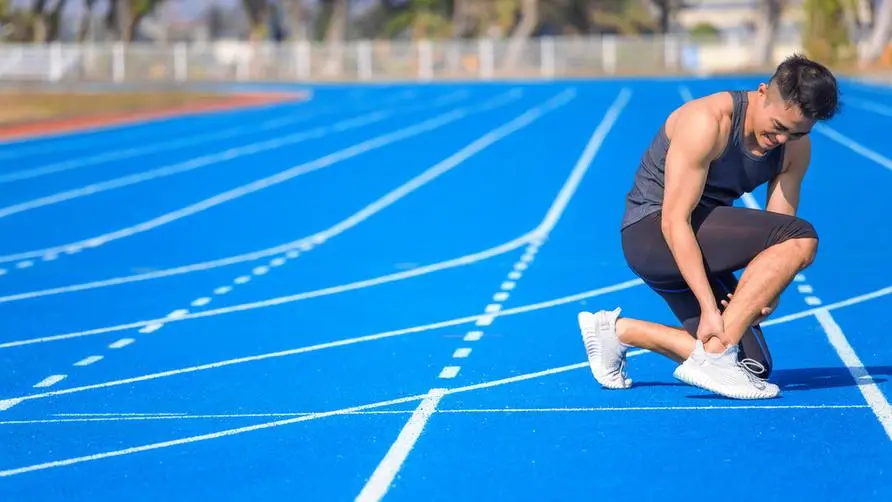
What are the common sports injuries in running? Is there a big difference in injury severity between novices and veterans?
“Running”, which is generally considered to be a highly accessible sport, may also lead to serious sports injuries? Dr. Wu Yicheng, the attending physician of the Sports Medicine Department of Lianxin International Hospital, said in an interview that the degree of injury will vary depending on the degree of familiarity with running. For example, common sports injuries for novice runners include muscle strains and insufficient ankle stability leading to ankle sprains. Plantar fasciitis may also be caused by improper shoe selection and excessive ground impact.
As for advanced runners, common sports injuries include iliotibial band inflammation, runner’s knee, patellar tendonitis, and even worse, fatigue periostitis or fatigue fractures in the tibia (front side of the calf), mostly in runners. It is caused by the inability of the muscles to bear the amount of running or training. The bones of this group are under long-term pressure, which may lead to bone edema and even bone fractures.
Dr. Wu Yicheng further pointed out that many beginner runners will suffer from repeated strain on the hamstring muscles after increasing their running volume. If the amount of training is not adjusted accordingly after an injury, it may cause the muscle group to be “stretched again and again”, and in a few cases, there may even be obvious muscle tears in the thigh area. Therefore, beginner runners need to pay more attention to the control of training volume to avoid muscle damage caused by overtraining.
As the epidemic eases, he returns to road running activities. He suffers from knee discomfort and has no choice but to “return to the clinic”
Recently, due to the easing of the epidemic, road running competitions in various places have gradually resumed. Dr. Wu Yicheng said that when the epidemic was severe, most people trained at home, and sports injuries were relatively less serious. However, with the recent increase in road running competitions, the amount of running performed by participants has increased dramatically, and the risk of injury has also increased. Recently, a patient went to see a doctor because he felt knee discomfort after participating in a road running event.
“This patient has just completed a foreign race and will soon be preparing for next year’s Tokyo Marathon. He had plantar fasciitis during a previous consultation. After successive shock wave treatment and injection treatment, the foot recovered well and he can He continued to participate in the marathon. Unexpectedly, just after the foot problem was relieved, the patient developed knee discomfort again. "
Dr. Wu Yicheng emphasized that when participating in road running activities, adjustments must be made according to physical condition and training volume. When the physical condition is good, you can give your best, but if you feel that the training volume cannot keep up with the intensity of the past, or you have old diseases that need treatment, you should still do your best. But do not force it. If your cardiopulmonary function is affected due to the diagnosis of COVID-19, you can moderately add cardiopulmonary training to strengthen your physical strength, which is expected to return to previous levels in 3 months to half a year.
How to choose suitable jogging shoes? Is the material of the shoe body “the softer, the better”?
To avoid running injuries, which shoes can you choose to protect your feet? Dr. Wu Yicheng said that if you have a regular running habit, or even regularly participate in half marathons and full marathons, it is recommended to choose jogging shoes specially designed for runners. If you train in other shoes that are not suitable for running, or do not have air cushioning and good arch support, it will put greater pressure on the lower limbs and ankles, which may cause plantar muscle strain or plantar fasciitis in the long term.
Is the material of jogging shoes “the softer, the better”? Dr. Wu Yicheng clarified that the material is not the only factor when choosing shoes. It still depends on the runner’s lower limbs, foot muscle strength and arch condition. If you have flat feet or wider soles, you can choose shoes with arch support and wider lasts. In addition, you should also pay attention to whether the big toe, little toe and heel of the foot are evenly stressed. If the pressure on one part of the foot increases, appropriate insoles can be added to disperse the pressure on the foot.
Generally speaking, Dr. Wu Yicheng said that when buying shoes, you should pay attention to three basic principles: whether the foot size matches the shoe style, the comfort of the front, midfoot and heel when stepping on it, and the extent to which the shoe body covers the heel. . In addition, patients with a history of plantar fasciitis can choose shoes with softer materials in the short term to prevent the recurrence of the old disease from affecting their training performance.
How to reduce sports injuries after running? Doctors appeal: “Two major measures” must be taken before and after running
Is “barefoot running” helpful for road running training? Dr. Wu Yicheng explained that some runners want to enhance the feedback from the ground to the soles of their feet, so they take off their running shoes and perform barefoot training. If the conscious training is sufficient and the kinetic chain or fascia of the soles of the feet and lower limbs can withstand the impact force of the ground, then it can be done moderately; however, if the soles of the feet are obviously sore or even inflamed or blistered, you should seek medical treatment.
In addition, Dr. Wu Yicheng also reminded the public that dynamic and static stretching should be done before and after running to avoid aggravation of sports injuries during running. Static stretches include front and back thigh stretching, calf muscle stretching, ankle activities, etc.; dynamic stretching can use methods similar to “Mark Exercise” to activate muscles and bones. It is recommended to perform dynamic stretching before running and static stretching after running, which can effectively prevent muscle strains or knee discomfort.
Finally, Dr. Wu Yicheng urged that if you want to lose weight through running after the epidemic is relaxed, you need to make adjustments based on your physical condition and training volume. Advanced runners who are in good condition can give their best, but if they have not trained for a long time, they should gradually increase their running volume; those who have sequelae of COVID-19, such as reduced cardiorespiratory endurance, airway sensitivity, prone to coughing or expectoration, this group needs to do their best, and Use cardiorespiratory training to return to your previous state.
Further reading:

